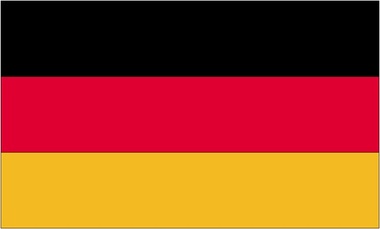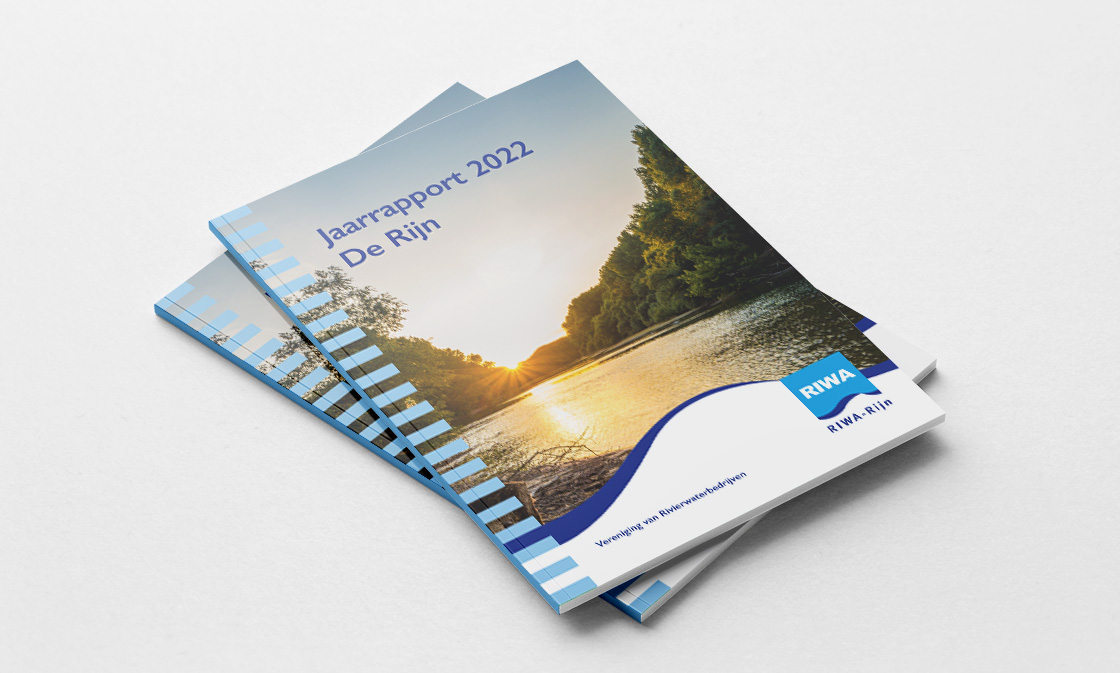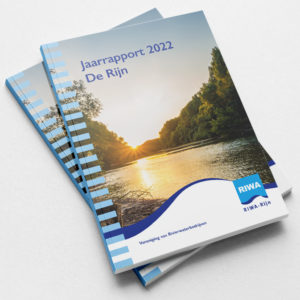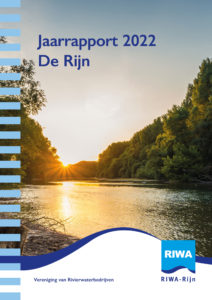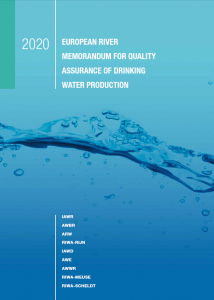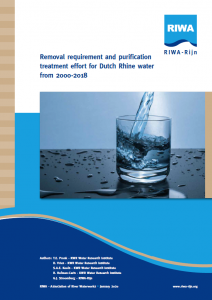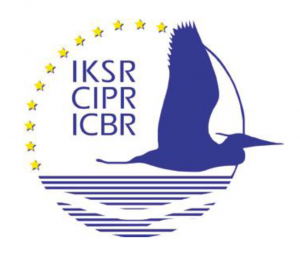RIWA-Rijn: Water quality of the Rhine falls short of targets
More than 60 substances exceeded target values in 2022
More needs to be done to improve the water quality of the Rhine. This is what RIWA-Rijn, the association of drinking water companies using surface water from the Rhine for the preparation of drinking water, argues in its annual report 2022. Once again in 2022, dozens of substances were detected in the Rhine in concentrations higher than the target values of the European River Memorandum (ERM), e.g., there are more industrial chemicals and medicine residues in the Rhine water, requiring increased purification efforts from drinking water companies.
RIWA-Rijn sees an increasing demand for drinking water in the Netherlands. To this end, water companies are exploring new extraction sites in the Rhine basin. The water quality of the Rhine is thus becoming even more important for the Dutch drinking water supply than it has always been.
Assessment against targets shows too little improvement
RIWA-Rijn assesses the water quality of the Rhine against three objectives: the target values of the European River Memorandum, Article 7.3 of the Water Framework Directive, and the 30% reduction target of the Rhine Ministerial Conference. The European River Memorandum sets target values for water quality such that drinking water companies can produce clean and healthy drinking water using simple natural purification techniques. More than 60 substances exceeded these target values in 2022.
With the purification treatment index, we assess the objective of Article 7.3 of the Water Framework Directive for Rhine water; namely “…avoiding deterioration in their quality in order to reduce the level of purification treatment required in the production of drinking water“. The purification index still shows an increasing trend at Lobith and at the intake points. While the index value at Lobith is lower than the 2021 peak, at the intake points the index values were without exception higher than last year. This means that water companies cannot reduce their required treatment effort as envisaged by the Water Framework Directive.
In 2020, the Conference of Rhine Ministers set the target that emissions of substances into the Rhine would be reduced by 30% by 2040. Substances whose loads decrease by 1.5% or more annually on average will achieve the stated 30% reduction in 20 years. Of the 56 substances that could be assessed, we see that for more than 1/3rd (21 substances) the loads do not decrease sufficiently or even increase.
Industrial chemicals and pharmaceutical residues
Substance groups that occur most frequently are industrial chemicals (14 substances) and pharmaceutical residues (25 substances). In this first group, hexa(methoxymethyl)-melamine (HMMM) stands out in particular with an increase of 80% per year since 2018. HMMM is used in (the production of) car tyres, among other things. Among pharmaceutical residues, we still see large quantities of contrast agents (both X-ray and MRI contrast agents) but also many painkillers and blood pressure lowering agents.
More measures required
Achieving the set targets will require more measures. For instance, reducing industrial discharges requires stricter requirements in discharge permits. There is often too little attention upstream to the impact on the drinking water function of the river downstream. For most drug residues, domestic wastewater treatment can be improved by introducing an additional or 4th purification step. In addition, contrast agents can be collected with urine bags. Some hospitals in the Netherlands have already started distributing them.
Growing demand for drinking water, security of supply under pressure
Weather extremes due to climate change, increasing pollution and a growing population contribute to putting pressure on future security of drinking water supply. To overcome this, water companies are exploring new extraction sites, many of which are in the Rhine basin. In doing so, it is important that new sites are designated, protected, and licensed in good time. The Ministry of I&W is also working towards new and diverse sources of drinking water and sees the IJsselmeer as a national water buffer. It is important to realise that river water used for drinking water is not “gone” but flows back into the water system via sewage treatment.
According to RIWA-Rijn Director Gerard Stroomberg: “Our annual report is a scorecard for measures to improve the water quality of the Rhine and the result does not inspire optimism. And that while the growing drinking water demand in the Netherlands is making the water quality of the Rhine even more important for the Dutch drinking water supply than it has always been.”
The RIWA-Rijn Annual Report 2022 is available in Dutch and in German.
The English version of the European River Memorandum (ERM) can be downloaded here.
The RIWA-Rijn thematic report on the development of the required purification efforts for water companies along the Rhine can be found here.
The ICPR report describing the assessment of the 30% reduction target can be downloaded here.



